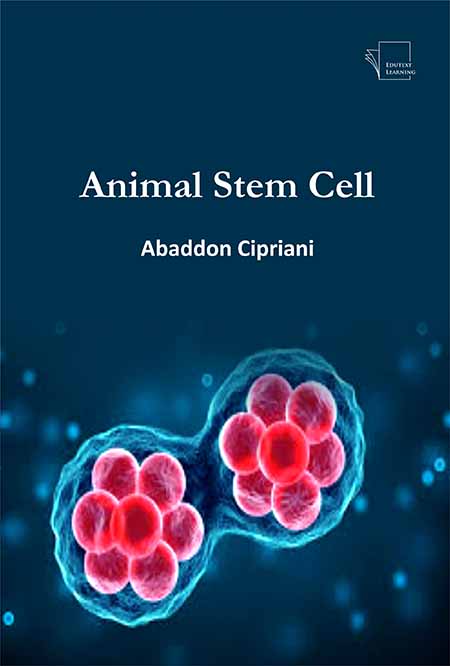The biochemical activity is the process of chemical and physical change which goes on continually in the living organism. These characteristics of life include the build-up of new tissue, replacement of old tissue, conversion of food to energy, disposal of waste materials, and reproduction. This building up and tearing down takes place in the face of an apparent paradox. The greatest majority of these biochemical reactions do not take place spontaneously. The phenomenon of catalysis makes possible biochemical reactions necessary for all life processes. Catalysis is defined as the acceleration of a chemical reaction by some substance which itself undergoes no permanent chemical change. The catalysts of biochemical reactions are enzymes and are responsible for bringing about almost all of the chemical reactions in living organisms. Without enzymes, these reactions take place at a rate far too slow for the pace of metabolism. Stem cells have sparked a revolution in biomedical and veterinary medicine. The past two decades have witnessed astounding innovations in pursuit of stem cell applications in livestock production and health. Stem cells are reported from various domestic animals. The stem cells in livestock species are important candidates for genomic testing, selection, genome engineering, and developing model animals for investigating human diseases. Mesenchymal stem cells, due to the ease of attainment, pluripotency, and better proliferation activity have emerged as clinically important cells for treating injuries in pet and companion animals. Improved cell culture techniques, culture media, and supplements, insights into gene-environmental interactions may solve current bottlenecks associated with segregation, description, and applications of stem cells in livestock. Academics, researchers, and professionals who want to expand their knowledge in this field will find this book an exceptional resource.
Title : Animal Stem Cells
- Author : Abaddon Cipriani
- ISBN : 9781995863030
- Binding : Paperback
- Price : $ 69.99
- Year : 2025
- Pages : 260
- Langauge : English
- Subject Category : Zoology



















